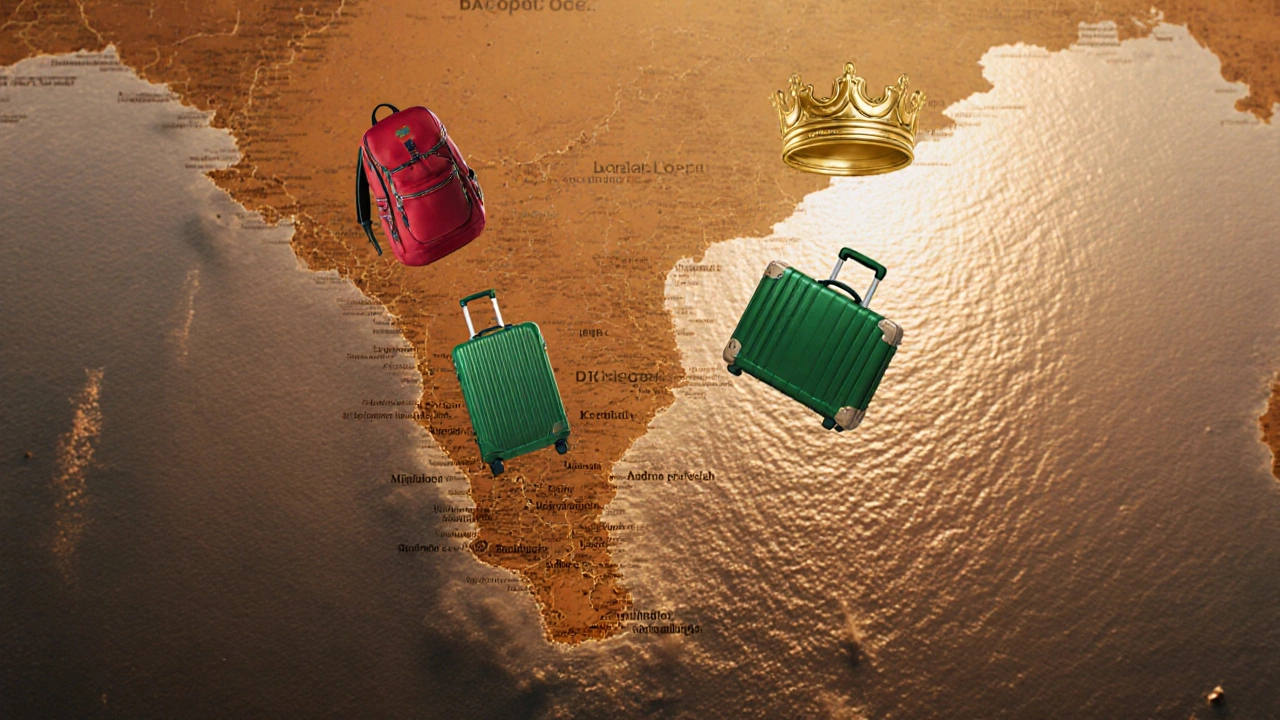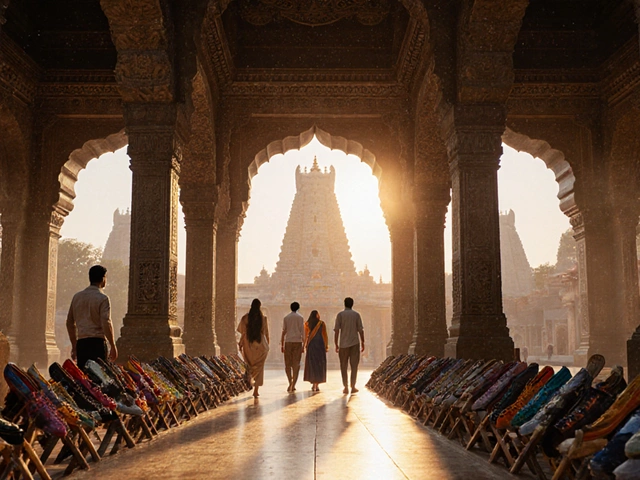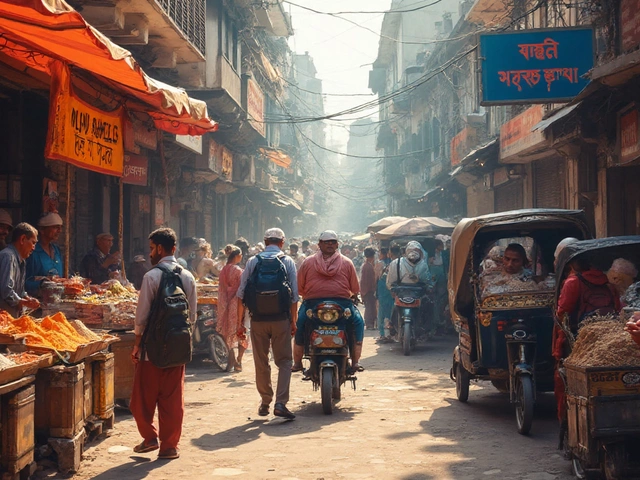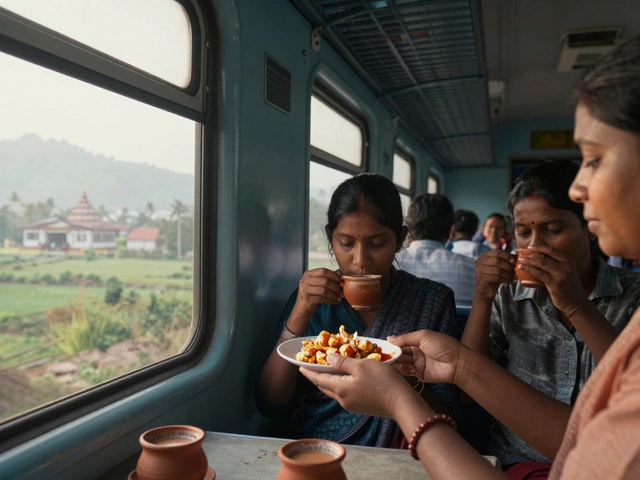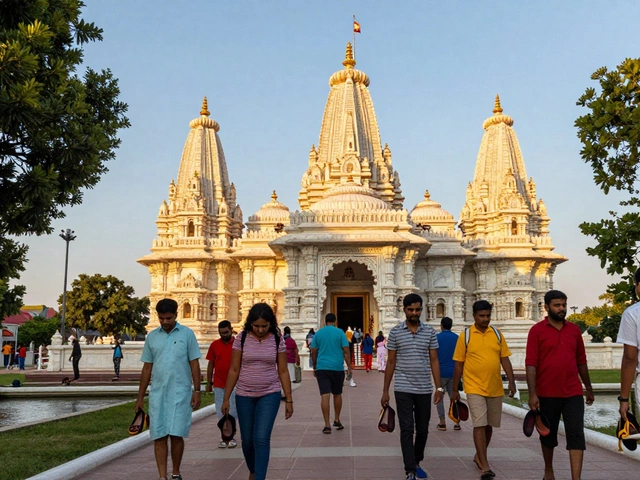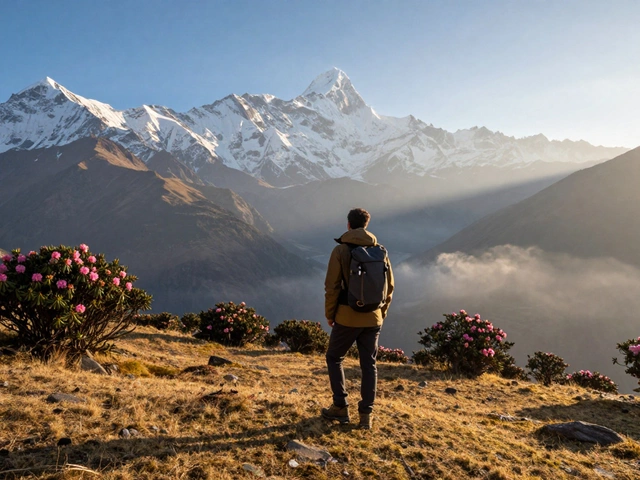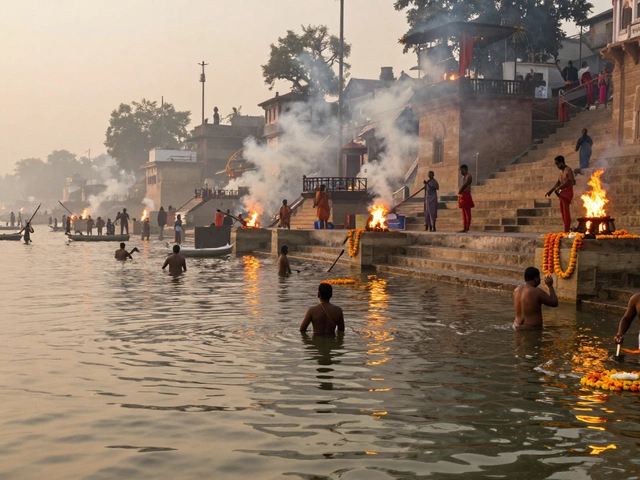South India Trip Cost Calculator
Your Trip Settings
Estimated Cost Breakdown
Planning a trip down the southern tip of India and wondering how much you’ll actually spend? Below you’ll find a realistic breakdown of expenses for a 10‑day adventure, whether you’re traveling on a shoestring, enjoying a comfortable mid‑range stay, or indulging in luxury. The numbers reflect 2025 pricing, seasonal variations, and common travel habits, so you can set a budget that matches your style.
South India trip cost covers the total out‑of‑pocket spending for accommodation, transport, food, activities and incidental expenses across the four main southern states is the central figure most travelers need to nail down before booking flights.
What Shapes Your South India Travel Budget?
Three pillars drive the final amount: where you stay, how you move, and what you eat and do. Add a fourth layer-currency exchange and tips-and you have a complete picture. Below is a quick glance at each component.
- Tamil Nadu home to Chennai, Mahabalipuram and the hill stations of Ooty and Kodaikanal: accommodation ranges from $10‑$15 per night in hostels to $150+ for boutique hotels.
- Kerala renowned for backwaters, spice plantations and Ayurvedic resorts: budget rooms start at $12, mid‑range at $60, luxury at $200.
- Karnataka offers Bangalore, Mysore’s palaces and the coastal charms of Gokarna: hostels $8‑$12, 3‑star hotels $45, five‑star retreats $180.
- Andhra Pradesh features Tirupati, Visakhapatnam and the historic town of Vijayawada: dorm beds $7‑$10, mid‑range hotels $40‑$70, luxury villas $150+.
The national currency, the Indian Rupee (INR), typically trades around 1 USD = 83 INR in 2025, but rates shift daily. Keep an eye on the exchange market a week before you book.
Cost Breakdown by Travel Style
Below is a side‑by‑side view of daily spend ranges for the three most common travel styles. Figures are averages for a mixed itinerary that includes a city day, a nature day and a cultural day.
| Expense Category | Budget (USD) | Mid‑range (USD) | Luxury (USD) |
|---|---|---|---|
| Accommodation | $12‑$20 | $55‑$80 | $180‑$250 |
| Transportation (local) | $5‑$8 | $12‑$20 | $30‑$45 |
| Food & Drinks | $7‑$12 | $20‑$35 | $70‑$100 |
| Activities & Entry Fees | $5‑$10 | $25‑$45 | $80‑$150 |
| Miscellaneous (tips, souvenirs) | $3‑$5 | $10‑$15 | $25‑$40 |
Multiply the daily total by the number of days you plan to stay, then add a 10‑15% buffer for unexpected expenses.
Sample 10‑Day Itinerary with Cost Estimates
- Day 1‑2: Chennai (Tamil Nadu) - Arrive, explore Marina Beach and Kapaleeshwarar Temple. Budget stay $15/night, street food $8/day.
- Day 3‑4: Madurai (Tamil Nadu) - Visit Meenakshi Temple, enjoy a traditional dinner. Mid‑range hotel $60/night, guided tour $25.
- Day 5‑6: Kochi (Kerala) - Cruise the backwaters, spice market tour. Luxury villa $220/night, private boat $80.
- Day 7‑8: Munnar (Kerala) - Tea plantation hike, wildlife sanctuary. Budget lodge $18/night, entry fees $12.
- Day 9‑10: Bangalore (Karnataka) - Tech city sights, Bangalore Palace. Mid‑range hotel $70/night, local transport $15/day.
Adding up the above, a budget traveler would spend roughly $850 for the whole trip, a mid‑range traveler around $1,850, and a luxury traveler close to $3,800.

Tips to Trim the Expense Without Sacrificing Fun
- Travel off‑peak (October‑November, February‑March). Flight and hotel rates drop 20‑30%.
- Use state-run buses and trains for long legs. A sleeper AC train from Chennai to Kochi costs about $25.
- Eat where locals eat. A masala dosa from a street stall is $2‑$3, compared to $12‑$15 at a tourist restaurant.
- Book combined tickets for heritage sites. The Tamil Nadu temple pass saves up to $7 per entry.
- Negotiate prices for private guides early in the day; they often lower rates by 10‑15%.
How to Build Your Personal Budget Spreadsheet
Grab a simple Google Sheet and set these columns: Destination, Days, Accommodation, Transport, Food, Activities, Misc, Total. Fill in the daily averages from the table above, then use the SUM function to see the grand total. Highlight any cell that exceeds your daily limit in red - that’s your cue to adjust.

Unexpected Costs to Keep in Mind
Even the best‑planned budget can be nudged. Keep an eye on these items:
- Visa fees for Australian citizens: $100 for a 30‑day e‑visa.
- Travel insurance: $40‑$70 depending on coverage.
- Air conditioner usage in hotels during summer months - extra $5‑$10 per night.
- Festival surcharges - major events like Onam can inflate accommodation by 15%.
Final Thoughts
Knowing the numbers before you book turns uncertainty into confidence. Whether you’re counting pennies or looking for five‑star pampering, the figures above give you a concrete starting point. Adjust for your own travel style, add a safety cushion, and you’ll be ready to enjoy South India’s beaches, backwaters, temples and tech hubs without a financial surprise.
Frequently Asked Questions
What is the cheapest way to travel between states in South India?
State‑run buses and overnight sleeper trains are the most economical. For example, a non‑AC bus from Chennai to Bangalore costs about $12, while an AC sleeper train is $25 and saves a night of accommodation.
Do I need a visa to visit South India as an Australian?
Yes. Australians can apply for an e‑visa online. The fee is $100 for a 30‑day stay, and the approval usually comes within 72 hours.
Is it safe to eat street food in South India?
Street food is generally safe if you pick vendors with high turnover and where food is prepared fresh on the spot. Look for stalls where locals line up and where you see the cook handling the food directly.
When is the best time to travel to avoid crowds and high prices?
The shoulder months of October‑November and February‑March offer pleasant weather, fewer tourists, and hotel rates that are 20‑30% lower than peak winter months.
How much cash should I carry versus use cards?
Carry around $150‑$200 in Indian Rupees for small purchases, tips and markets. Most hotels, larger restaurants and transport services accept credit cards, but keep a backup of a few hundred dollars in case card acceptance is limited in remote areas.
